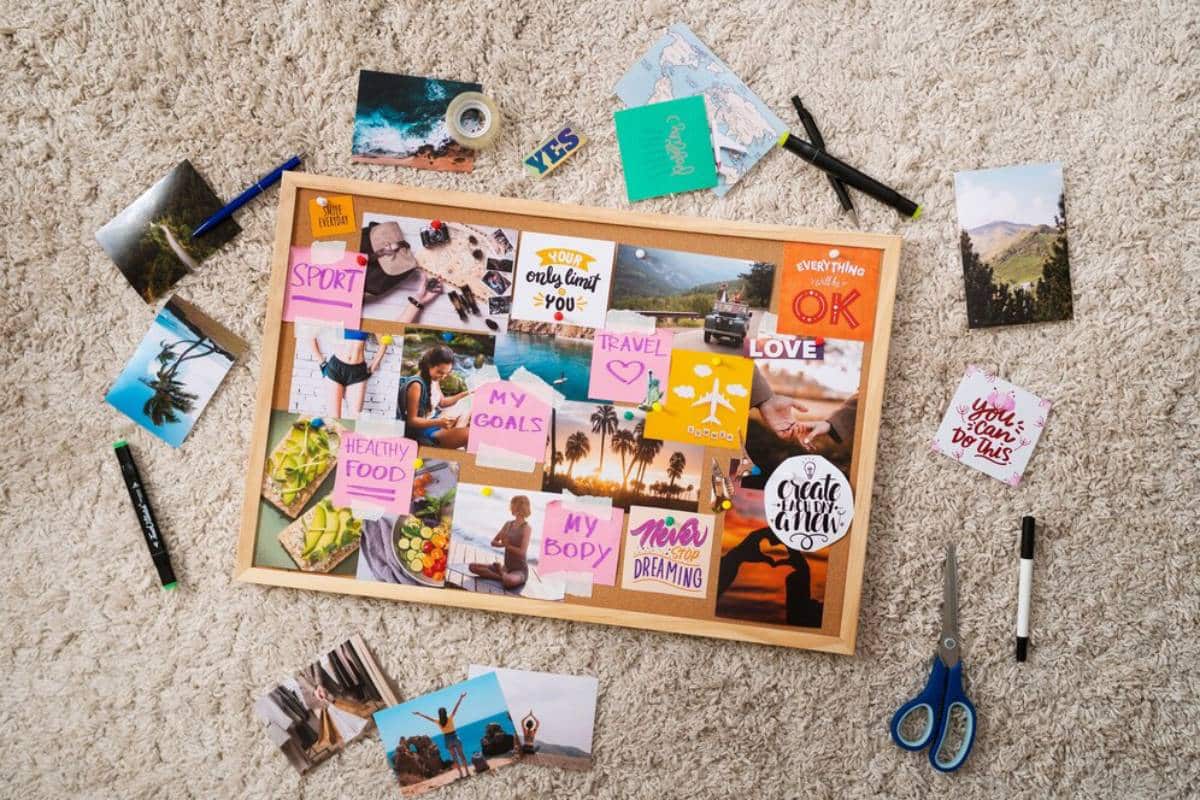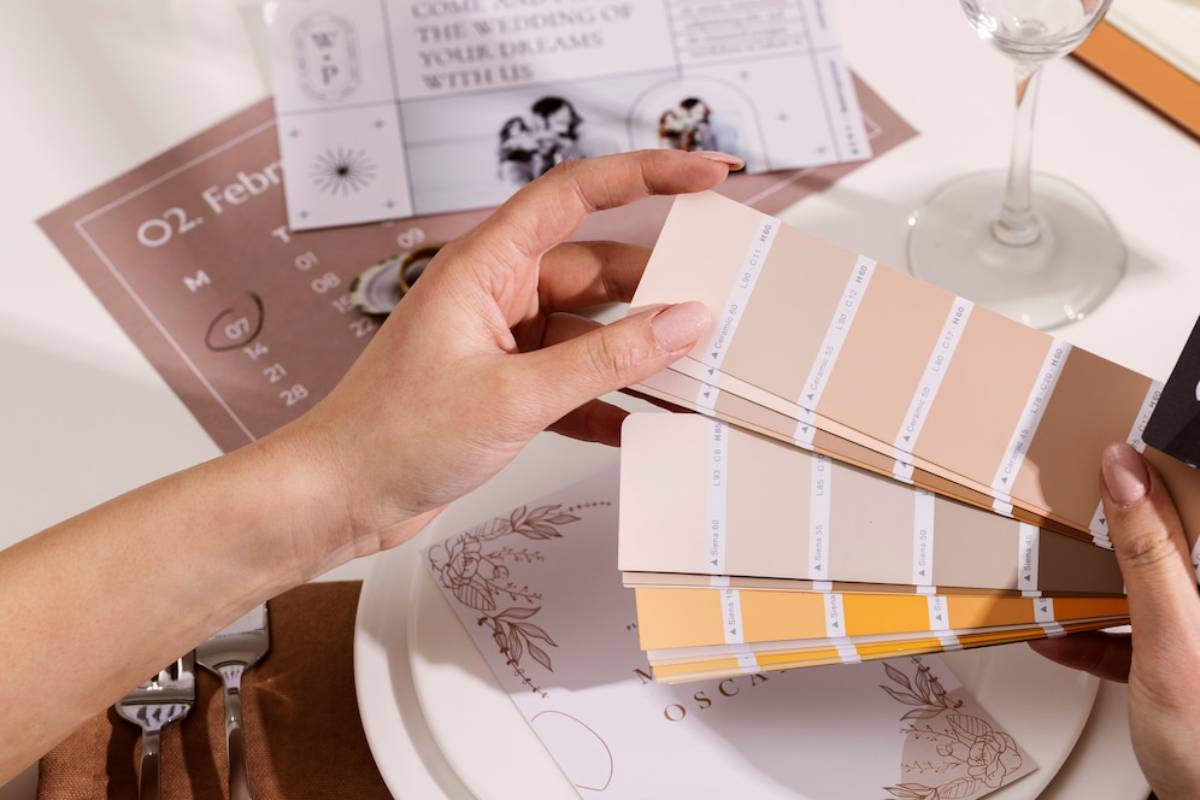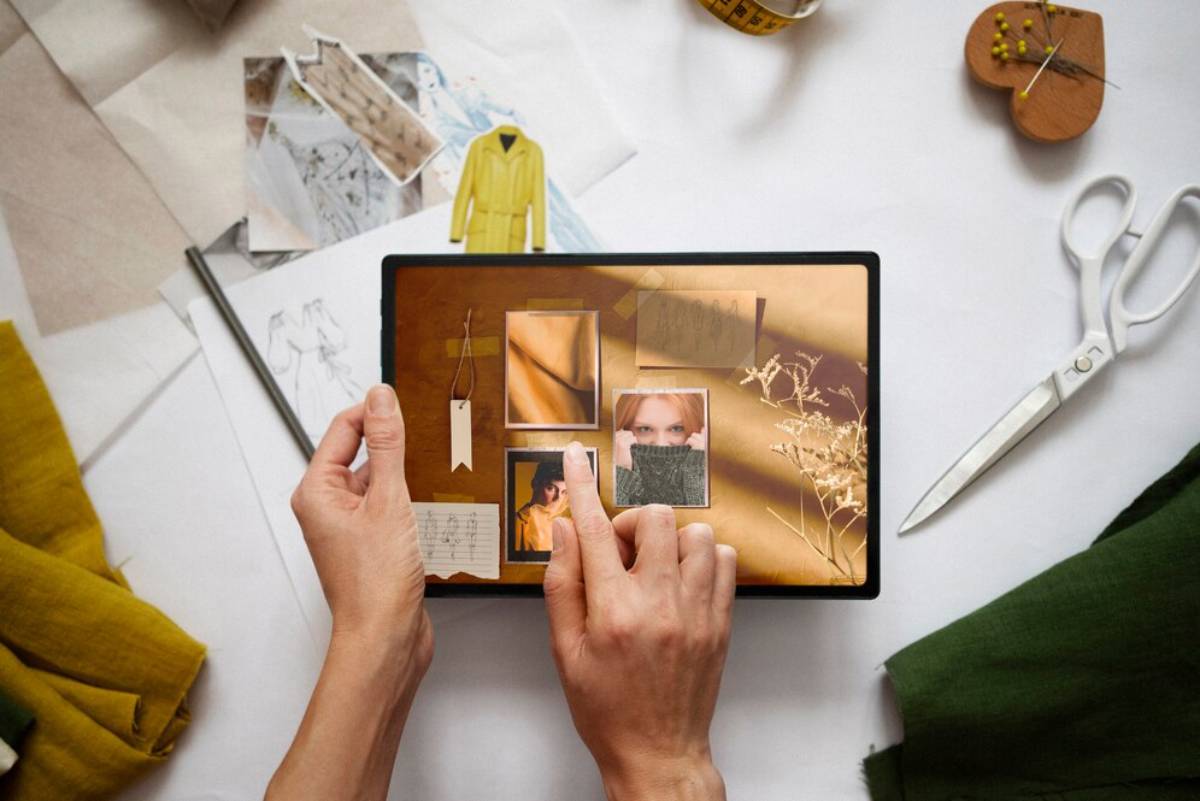
How to Create a Scandinavian Mood Board for Your Home
A Scandinavian mood board is more than just a collection of pretty pictures—it’s the blueprint for a home that feels calm, cohesive, and deeply intentional.
Our team found that mood boards are one of the most effective tools in interior planning. By gathering visual inspiration and aligning it with your personal taste, you can shape a design vision that’s not only beautiful but functional. When applied to Scandinavian design, mood boards help you distill the core values of Nordic interiors—simplicity, nature, functionality, and warmth—into a clear and manageable design plan.
This guide will walk you through how to create a Scandinavian-inspired mood board for your home. Whether you’re planning a full renovation or just reimagining a single room, this process will give your project structure, clarity, and style.
Pro Tip: A mood board isn’t just about visual choices—it’s about creating a feeling you want to live in.
Quick Guide: How to Build a Scandinavian Mood Board
- Define your design goals and functional needs.
- Gather inspiration from Nordic interiors and lifestyle imagery.
- Choose a consistent colour and materials palette.
- Include textures, finishes, and furniture silhouettes.
- Use digital or physical tools to compile your board.
- Refine your selections until the mood feels cohesive.
- Translate your board into real-world purchases and layout decisions.
Important: Every image or sample you include should reflect how you want the space to look and feel.
Step 1: Define Your Design Intentions
Before collecting images, clarify the mood you want to achieve. Scandinavian design isn’t one-size-fits-all—it ranges from rustic to modern, monochrome to soft earth tones.
Ask Yourself:
- Do I want a light and airy or warm and cocooning feel?
- Is this a space for rest, productivity, or socialising?
- What are my functional needs (storage, flexibility, durability)?
- What aesthetic am I drawn to: classic Nordic, Japandi, cozy cottage, or modern minimal?
Jot down a few descriptive words—like clean, soft, organic, tactile, calm—to anchor your mood board choices.
Step 2: Curate Inspiration Thoughtfully
Now it’s time to gather imagery. Focus on authentic Scandinavian design references that reflect your style goals—not just Pinterest trends.
Where to Source:
- Pinterest – Start boards by room or theme
- Instagram – Follow Nordic designers and stylists (@my_scandinavian_home, @scandinavian.interior)
- Magazines – Look to Kinfolk, Cereal, or Scandinavian Living
- Brand Lookbooks – Try Muuto, HAY, Ferm Living, Skagerak
- Books – “The Kinfolk Home” or “Scandinavian Style at Home”
Include not only interiors, but landscapes, textiles, colour swatches, and lifestyle imagery—Nordic design is holistic.
Visual Tip: Avoid overloading. Stick to around 15–20 carefully chosen images per board for clarity.
Step 3: Establish a Cohesive Colour Palette

Colour is the backbone of Scandinavian design—and your mood board. Most Nordic palettes are muted, inspired by nature, and allow materials and light to take the lead.
Common Scandinavian Tones:
- Soft whites and greys for a clean base
- Warm beiges, taupe, greige for coziness
- Desaturated greens, rusts, and blues as accent tones
- Charcoal or black for contrast (used sparingly)
Use tools like Coolors.co, Adobe Colour, or Canva’s colour palette generator to create digital swatches based on your imagery.
Pro Tip: Translate your palette into paint chips or fabric samples if you’re building a physical mood board.
Step 4: Include Materials and Texture References
Scandinavian design relies heavily on tactile contrast. Your mood board should highlight the textures that bring visual warmth and subtle depth.
Include Samples of:
- Natural woods – light oak, birch, ash
- Soft textiles – linen, wool, cotton
- Organic finishes – stone, clay, ceramic
- Metals – matte black, antique brass, brushed steel
Textures should visually convey what the space feels like to inhabit—not just what it looks like.
Step 5: Add Furniture and Layout Inspiration
Nordic interiors are known for their minimal silhouettes and multifunctional pieces. Use your mood board to identify:
- Furniture styles you love—curved vs angular, low-profile vs high-leg
- Storage solutions that support your lifestyle
- Layout ideas—especially for small or open-plan spaces
- Lighting styles—like paper lanterns, wall-mounted sconces, or sculptural pendants
Include both product shots and styled interiors to see how items interact in real life.
Step 6: Choose a Mood Board Format That Works for You
There’s no single “correct” way to build your board. Use the format that best supports your thinking and design process.
Digital Mood Boards
- Canva – Pre-built templates, drag-and-drop interface
- Milanote – Flexible, mood-board-specific platform
- Pinterest – Good for collecting, less for final presentation
- Figma / Adobe Illustrator – Great for precision, if you’re design-savvy
Physical Mood Boards
- Use foam boards or cork boards for tangible layouts
- Pin fabric swatches, paint chips, printouts, and magazine clippings
- Stick to a landscape format for easy viewing and comparison
Pro Tip: Whether physical or digital, organise by theme: colour, texture, furniture, light, and ambiance.
Step 7: Edit and Refine for Cohesion
The strength of a mood board lies in its focus. As you refine your board, eliminate anything that doesn’t align with your core vision.
Ask Yourself:
- Does this image support the feeling I want?
- Are all elements working within a shared aesthetic language?
- Is there visual repetition or harmony in tone, material, and shape?
- What am I overusing—or not including enough?
Remove visual clutter or overly trendy references. Scandinavian design values timelessness and intentionality.
From Mood Board to Reality: Making It Happen
Your finished Scandinavian mood board is now a decision-making tool. Use it to:
- Guide paint colour selection and wall treatments
- Inform furniture purchases and brand alignment
- Choose fabrics, fixtures, and finishes
- Communicate with interior designers, stylists, or contractors
- Stay on course when tempted by off-brand trends or colours
Execution Tip: Refer to your mood board at every stage—from shopping to styling—to ensure visual and emotional continuity.
Scandinavian Mood Board Essentials At a Glance
| Element | What to Include |
| Palette | 4–6 neutral and muted tones |
| Textures | Linen, wool, wood, ceramics |
| Furniture Style | Clean-lined, natural materials |
| Light | Window styling, soft artificial light |
| Decor | Minimal, handmade, organic |
| Lifestyle Imagery | Reflects desired mood and daily rhythm |
Warning: Avoid building a mood board based solely on Pinterest trends. Instead, anchor your design in timeless principles of Scandinavian living: comfort, simplicity, and authenticity.
Frequently Asked Questions

1. Can I mix Scandinavian style with other aesthetics?
Yes—styles like Japandi, modern rustic, and mid-century minimalism blend beautifully. Just make sure your mood board reflects a cohesive direction.
2. What if I’m not a visual person?
Focus on real textures, colour samples, and lifestyle photos instead of design images. Mood boards are emotional tools as much as visual ones.
3. How do I use a mood board if I’m renting?
Use your board to guide non-permanent choices: textiles, lighting, furniture arrangement, and removable wall décor.
4. Should I make a mood board for each room?
If your rooms serve different purposes or have different constraints, yes. But tie them together with a shared palette and materials theme.
5. How detailed should my board be?
It should give you clarity, not overwhelm you. Aim for broad visual cohesion rather than product-specific planning at this stage.
Mood Boards Make Your Home Feel Intentional
Creating a Scandinavian mood board is about more than visual planning—it’s about distilling your lifestyle, preferences, and values into a design vision. With the right imagery, textures, and palette, you can map out a space that’s not only beautiful but also meaningful and deeply livable.
So gather your swatches, fire up your design app, and start building a home that speaks in soft tones, organic textures, and intentional simplicity.


